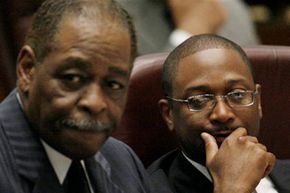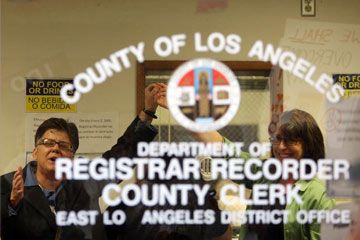Did you know if you're frustrated with something going on in your community, your dentist could potentially help change the law to rectify it? Or perhaps even your teacher or the guy wrenching on cars down at the local garage? It's because one of those people could be an alderman.
To understand what an alderman is, you first need to determine what government you're talking about. Aldermen were traditionally high-ranking officials in Anglo-Saxon England, often presiding in a shire. The term alderman comes from the Old English title of ealdorman, which means "elder man" or "older man" [source: Leicester City Council].
Advertisement
In the United States, city and county governments prefer the term "councilman" or "council member" to "alderman." But it depends on the municipality. Chicago's City Council, for instance, is made up of 50 elected aldermen who represent a district or ward. The city's mayor presides over the aldermen, who represent the people at a city or county level. Aldermen are elected by the residents of a district. Much like congressmen, aldermen represent the people who elect them and aim to do what's in the residents' best interest. In some cases, more than one alderman can represent a district [source: Mellone].
In other countries, aldermen are more prevalent. For instance, in England and Ireland, aldermen serve on a council that represents boroughs much the way council members represent counties. Like most politicians, aldermen can be from different political parties. In England, for example, aldermen can be from the Labour, Conservative, Green, Socialist Alternative, Respect and Liberal Democrat parties, or the Christian People's Alliance.
That's basically what an alderman is. The next section gives insight on what they do. As you'll soon see, their responsibilities may be quite different depending on where they're serving.
Advertisement


